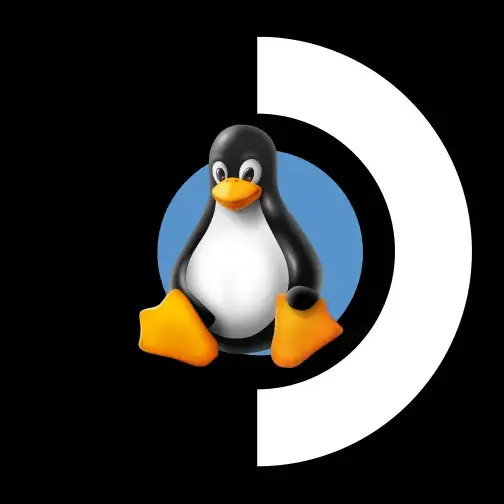

I think you’re part right. I think they’ll attempt a bailout, but I don’t believe Trump’s appointments and the administration they’re creating have the skill to plan or execute a bailout (or admit to failure enough to identify that they need one in a timely manner)
They’re more likely to ram the economy full speed into rock bottom, then blame an outgroup (“the Democrats did this”) and pretend nothing could have been done.





They’ll just have AI read it for them…